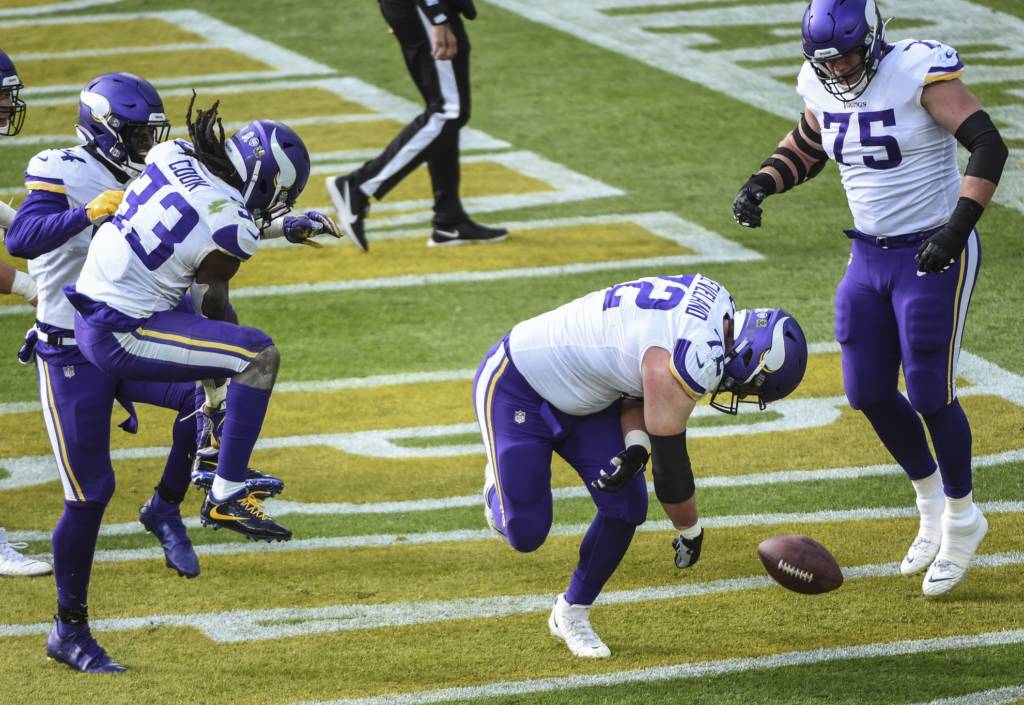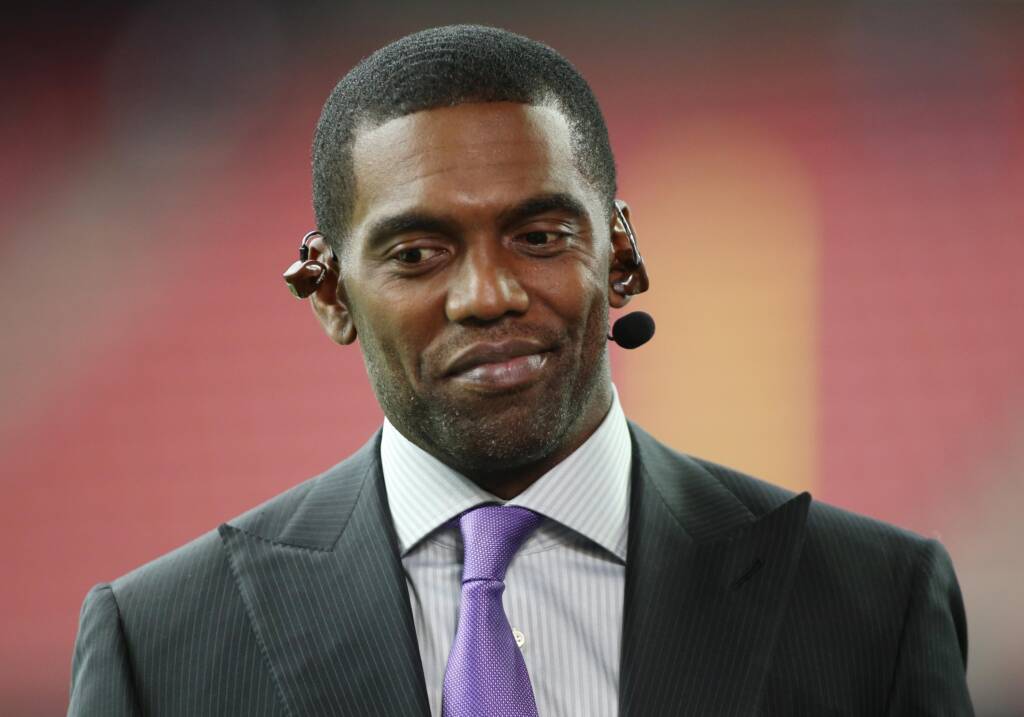On Wednesday, the Minnesota Vikings moved left tackle Riley Reiff to COVID-19 reserve. In a meaningless end-of-season game, that’s not worth much fanfare. But the Vikings’ offensive line is a unique gang, to be kind. 2nd round rookie left tackle Ezra Cleveland has been playing at right guard for about half of the season, and with Reiff out, it may be a good opportunity to give him some run at his natural position.
The decision the Vikings make will reveal something about their intentions with the unit. If Cleveland stays at right guard, it indicates that he has played well enough for them to at least consider keeping him there. Perhaps they’ll find a preferable configuration in a training camp setting, but it would indicate that they are open to making Cleveland the permanent right guard. If they move Cleveland or try some other shuffle, it’d confirm that Cleveland’s position switch was not a long term plan, but rather born out of necessity.
Ezra Cleveland was a left tackle throughout college, so his move to right guard took some time. The Vikings didn’t even decide to play him there until injuries to Pat Elflein and Dru Samia necessitated it. Even then, his debut was catastrophic, allowing five pressures, four of which found contact with Kirk Cousins. He has been up-and-down as a pass blocker from the right guard position, with more downs than ups. PFF has only given Cleveland two positively graded pass blocking games, two average, and four negatively graded games. He has graded below 40 in pass blocking three times in the eight games he has played.
[videopress bz2ciFOg]His run blocking, on the other hand, has been pretty positive. He has shown an ability to hold his spots when asked and get into the second level. PFF agrees, giving him a 70.2 in run blocking on the year.
Moving Cleveland back to left tackle wouldn’t harm his run blocking too much. The Vikings still ask their tackles to use the movement skills Cleveland has demonstrated, and the assignments aren’t too different. He’ll still be play side, back side, and sometimes be asked to pull out to the edge. Pass protection technique, however, is very different between inside and outside.
I’ve asked several NFL offensive linemen, current and former, over the years about this difference. Brady Aiello, who played all five positions at Oregon and tried out for the Vikings this fall, described the differences to me in an interview this summer. He, and others, describe the biggest difference as quickness. Defensive tackles go straight into you, so you have to get your feet set immediately. That means using quicker sets, like jump sets, to get into a good stance to absorb a lot of power.
Tackles, on the other hand, use longer, loping steps to cover a lot of distance. Since edge rushers like to get up and around the tackles with a lot of speed, tackles need to be set up to cover a larger area. It’s a different skill set than winning a “fight in a phone booth,” as some OL coaches put it.
I’ll defer to Nick Olson, who broke Cleveland’s play down in more detail, for the full breakdown. Cleveland’s biggest issues come when he has to set up too quickly, and his technique falters. His pads will set too high, he’ll concede his chest plate, and get blown back. Here’s an example that results in a pivotal sack.
Olson cites plenty of examples of Cleveland’s positive traits. Much of that results in an ability to cover a lot of area in pass protection. At guard, that goes unused far too often. Add all of this to the fact that Cleveland is naturally a left side player, and a switch back looks fairly enticing.
This Sunday is a decent opportunity to give Cleveland some work on the outside. Expectations should probably be tempered since he has spent most of his time studying right guard assignments. He’s more likely to miss a landmark in his first professional game at left tackle. A meaningless week 17 game is the perfect training ground to make those mistakes.
Rashod Hill has filled in for Riley Reiff in the past. If this Sunday’s game against the Detroit Lions were meaningful, and Reiff remained unavailable due to COVID, Hill would be the likely replacement. But there is a lot more utility in testing Cleveland at the left tackle position.
Riley Reiff has a skill set that is much better suited to guard play than Cleveland’s. If Cleveland excels, the Vikings could consider playing Cleveland outside and Reiff inside. It would make Reiff an expensive guard, but expensive and good is better than cheap and bad. The Vikings could also flip Riley Reiff into a guard and extra assets, making more exact change.
Because Cleveland hasn’t practiced much at left tackle, it wouldn’t be entirely surprising to see the Vikings decline this opportunity. He may not be ready to test his mettle at full game speed. The Vikings like to wait until players know what they’re doing before tossing them onto the field, so we shouldn’t expect Cleveland to play outside for certain. But if they did, the learning experience would likely be worth it by the time the Vikings play meaningful football again.

